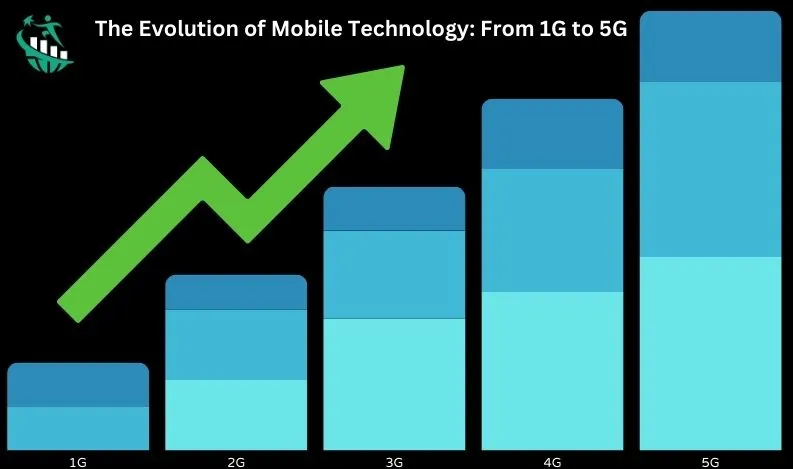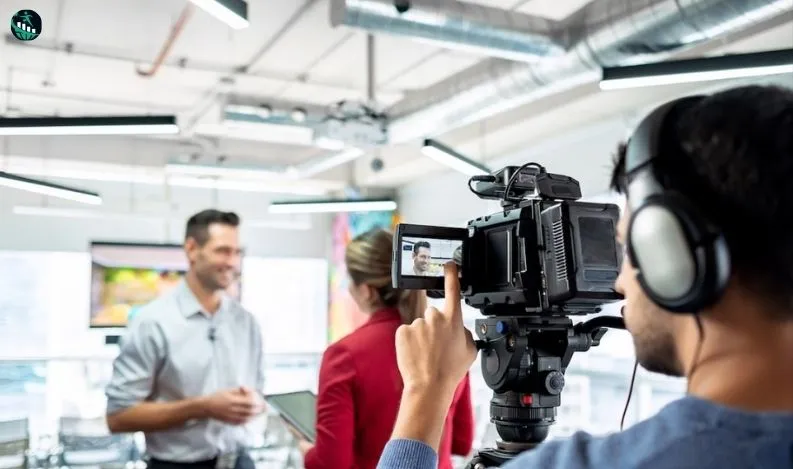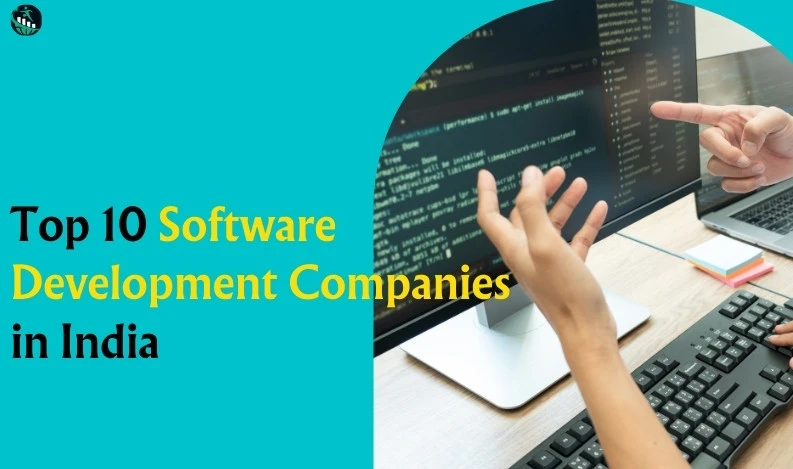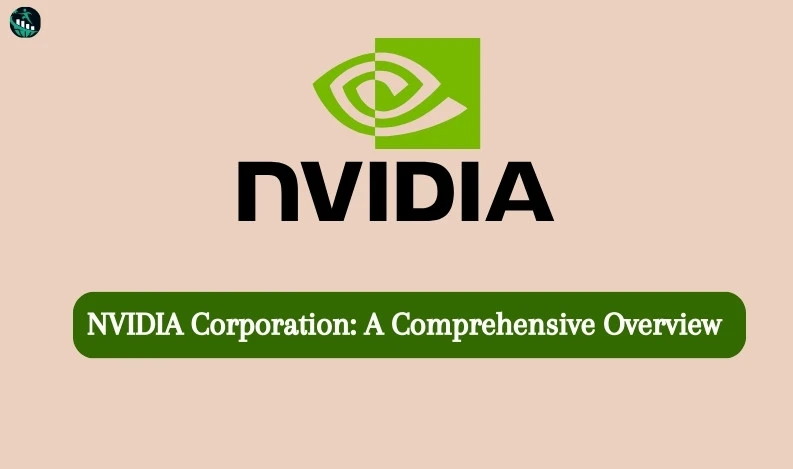
The Evolution of Mobile Technology: From 1G to 5G
Portable innovation, incorporating cell organisations and different ages (1G, 2G, 3G, 4G, 5G), has turned into a basic piece of our regular routines, reforming the manner in which we convey, work, and access data remotely. This investigation will dig into the vital achievements and headways that have formed the scene of portable innovation, cell organisations, and the development from the original (1G) to the fifth era (5G).
1G: The First Generation:
Introduction to 1G:
The approach of portable innovation as the original (1G) denoted the underlying introduction to remote cell correspondence. Presented in the mid 1980s, 1G was portrayed by simple signals and voice-driven correspondence, establishing the groundwork for ensuing ages.
Key features and limitations:
1G organisations had a restricted limit, permitting just essential voice calls with no help for information move. The innovation was vulnerable to impedance and coming up short on security highlights seen in later ages, highlighting the early difficulties of portable availability.
Historical context and deployment:
The sending of 1G organisations was a huge move toward making versatile correspondence generally accessible, but with restricted inclusion principally in metropolitan regions.
Impact on communication:
Regardless of its limits, 1G showed the capability of remote correspondence, laying the basis for the development of cell phones and future broadcast communications progressions.
2G: The Rise of Digital Communication:
Introduction to 2G:
The subsequent age (2G) arose during the 1990s, presenting advanced correspondence and beating large numbers of the disadvantages of 1G. This progress from simple to advanced essentially further developed voice quality, informing, and the general effectiveness of remote media communications.
Transition from analog to digital:
2G supplanted simple signs with computerised ones, altogether further developing voice quality and lessening impedance. This shift considered more productive utilisation of the accessible recurrence range, improving the general remote correspondence experience.
Advancements in voice quality and messaging:
With the presentation of 2G, voice calls became more clear and more dependable. Furthermore, Short Message Administration (SMS) was presented, reforming the manner in which individuals imparted remotely through their cell phones.
3G: Mobile Data and Internet Access:
Introduction to 3G:
The third era (3G) achieved a change in perspective in portable innovation by presenting versatile information and web access in the mid 2000s. This development addressed a pivotal step in the right direction in giving improved portable network and organisation advancement.
Evolution towards data transmission:
3G organisations worked with information transmission, empowering clients to peruse the web, send messages, and participate in further developed types of correspondence past voice calls and instant messages. This obviously a huge headway in the openness of data through cell phones.
Introduction of mobile internet:
The presentation of portable web opened up additional opportunities, permitting clients to get to data in a hurry and making ready for the cell phone time. This obviously a crucial second in the development of versatile networks and the manner in which people connected with their cell phones.
Enhanced multimedia capabilities:
3G organisations upheld media applications, empowering the web based on recordings and music on cell phones. This improved the general client experience and set up for the mixed media rich capacities of resulting ages.
4G: The Era of High-Speed Connectivity:
Introduction to 4G:
The focus of the fourth generation, or 4G, of mobile technology was on high-speed data transmission, advanced mobile applications, and the evolution of networks.
Focus on high-speed data transmission:
4G organisations gave quicker information speeds, empowering consistent video web based, internet gaming, and other transmission capacity escalated applications. This obviously a groundbreaking change in the capacities of cell phones and remote correspondence.
Impact on mobile applications and services:
The rapid network presented by 4G organisations prodded the improvement of many versatile applications and administrations, changing the manner in which individuals connected with their gadgets. This time saw a multiplication of versatile applications, underscoring the interconnectedness of portable innovation and regular day to day existence.
Introduction of LTE technology:
Long haul Development (LTE) innovation turned into a foundation of 4G, conveying further developed execution and proficiency in information transmission. This innovation assumed a vital part in improving the general speed and dependability of portable networks.
5G: The Next Frontier:
Introduction to 5G:
The fifth era (5G) addresses the ongoing boondocks of portable innovation, promising significantly higher information speeds, lower inactivity, and extended abilities. As the most recent move toward network advancement, 5G is set to reform remote correspondence and portable availability.
Key features and improvements over 4G:
5G flaunts essentially quicker information speeds, diminished inertness, and the capacity to at the same time interface an enormous number of gadgets. These enhancements are vital for supporting arising advancements like the Web of Things (IoT) and increased reality. The development of 5G demonstrates how important it is to the development of wireless communication and mobile devices in the future.
Enhanced data speeds and reduced latency:
5G's primary goal is to offer data speeds like no other, making it possible to stream high-definition content without buffering and download large files in a matter of seconds. Furthermore, the decreased dormancy improves constant correspondence and responsiveness, making way for inventive applications and administrations.
Impact on IoT, AI, and other emerging technologies:
5G's capacities go past private correspondence, stretching out to help a huge swath of associated gadgets in the Web of Things (IoT) biological system. It likewise assumes an urgent part in empowering the joining of man-made reasoning (computer based intelligence) into portable applications and administrations, epitomising the interconnected idea of current remote correspondence.
Challenges and Concerns:
Potential drawbacks of advanced mobile technologies:
In spite of the various advantages, high level portable advancements, including 5G, present difficulties like expanded energy utilisation, foundation prerequisites, and potential well being concerns connected with radiofrequency radiation. Tending to these worries is fundamental for guaranteeing the capable advancement of portable innovation and organisation availability.
Security and privacy considerations:
The importance of protecting user data's privacy and security grows as mobile technology develops. Issues, for example, information breaks, digital assaults, and unapproved access present moves that should be addressed to keep up with trust in remote correspondence and cell phones.
Environmental concerns:
The arrangement of broad portable organisations and the development of gadgets add to electronic waste and natural effect. Offsetting innovative advancement with ecological supportability is a continuous test that requires an all encompassing way to deal with versatile innovation and organisation development.
Future Trends:
Exploration of potential future developments in mobile technology:
Looking forward, the fate of versatile innovation might include headways, for example, much quicker information speeds, more inescapable reception of 5G, and the investigation of 6G and then some. It is likely that advancements in network infrastructure, materials science, and battery technology will have a significant impact on the future of mobile devices and wireless communication.
Integration with other technologies:
Versatile innovation is progressively interwoven with other arising advances, like computerised reasoning, increased reality, and augmented reality. The consistent incorporation of these innovations holds the possibility to change how we communicate with cell phones, underscoring the interconnected idea of current media communications.








Recent Comments: